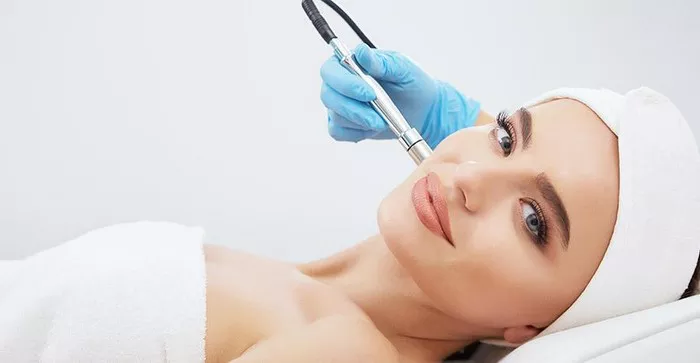Dermaplaning is a popular exfoliating skincare treatment that involves using a sharp blade to remove dead skin cells and fine vellus hairs, commonly known as peach fuzz, from the face. While dermaplaning offers immediate benefits, including smoother and brighter skin, many individuals wonder how facial hair grows back after the procedure. In this article, we will delve into the science behind dermaplaning and its effects on facial hair, dispel common myths, and provide essential care tips for maintaining your skin’s newfound radiance.
Understanding Dermaplaning
Dermaplaning is a non-invasive cosmetic procedure performed by licensed estheticians or dermatologists. During the treatment, a sterile surgical blade is gently moved across the skin’s surface at a 45-degree angle, exfoliating dead skin cells and removing fine facial hair. The process not only helps reveal a fresher complexion but also allows skincare products to penetrate the skin more effectively.
Facial Hair Growth and Dermaplaning
The Nature of Vellus Hair: Vellus hair, also referred to as peach fuzz, is the fine, translucent hair that covers most of the face and body. It is different from terminal hair, which is thicker, darker, and found in areas such as the scalp, eyebrows, and underarms.
Impact on Hair Follicles: Dermaplaning does not change the structure or function of hair follicles. The treatment only removes vellus hair from the surface of the skin, leaving the hair follicles intact beneath the skin.
Temporary Hair Removal: The results of dermaplaning are temporary, and vellus hair will grow back over time. However, the hair that regrows will not be coarser or darker due to the treatment. It will maintain its original texture and color.
Slower Regrowth: Some individuals may notice that their vellus hair takes longer to regrow after dermaplaning compared to traditional hair removal methods like shaving. This is because dermaplaning exfoliates the skin, which can affect the hair growth cycle.
Myths About Dermaplaning and Hair Growth
Hair Becoming Thicker: One common myth is that facial hair will grow back thicker and darker after dermaplaning. This is not true, as dermaplaning only removes the hair from the surface and does not alter its structure or pigment.
Permanent Hair Removal: Dermaplaning is not a permanent hair removal method. It provides temporary results and does not prevent hair from growing back.
Increased Hair Growth: There is no evidence to suggest that dermaplaning stimulates increased hair growth. The treatment solely addresses the superficial layer of hair and does not influence hair follicles’ activity.
Care Tips After Dermaplaning
Sun Protection: After dermaplaning, your skin will be more sensitive to the sun. Apply sunscreen with at least SPF 30 daily to protect your skin from harmful UV rays and prevent pigmentation issues.
Gentle Skincare: Avoid using harsh skincare products, retinoids, or exfoliants immediately after dermaplaning. Stick to gentle cleansers and moisturizers to avoid irritation.
Makeup Application: Wait at least 24 hours before applying makeup to allow your skin to heal properly. When you resume makeup application, use clean brushes and avoid heavy products that may clog pores.
Moisturize: Keep your skin hydrated with a non-comedogenic moisturizer to maintain a healthy skin barrier and promote a smoother complexion.
Avoid Touching: Refrain from touching or scratching your face after the treatment to minimize the risk of infection and irritation.
Avoid Heat: Avoid hot baths, saunas, and steam rooms for 48 hours after dermaplaning, as your skin will be more sensitive.
Professional Treatment Frequency: The frequency of dermaplaning treatments depends on individual skin needs and concerns. Consult with your esthetician or dermatologist to determine an appropriate treatment schedule.
Conclusion
Dermaplaning is an effective exfoliating treatment that removes vellus hair and dead skin cells, resulting in a smoother and brighter complexion. While the hair removed during dermaplaning will grow back over time, it will not become thicker or darker. The treatment does not alter hair follicles, and its effects on facial hair are temporary. It is crucial to follow post-treatment care instructions to protect your skin and maintain the results of dermaplaning. By incorporating sun protection, gentle skincare, and moisturization into your routine, you can enjoy the benefits of dermaplaning and maintain a radiant and revitalized complexion. Always consult with a licensed professional to determine the best skincare regimen and treatment schedule for your specific skin needs.

